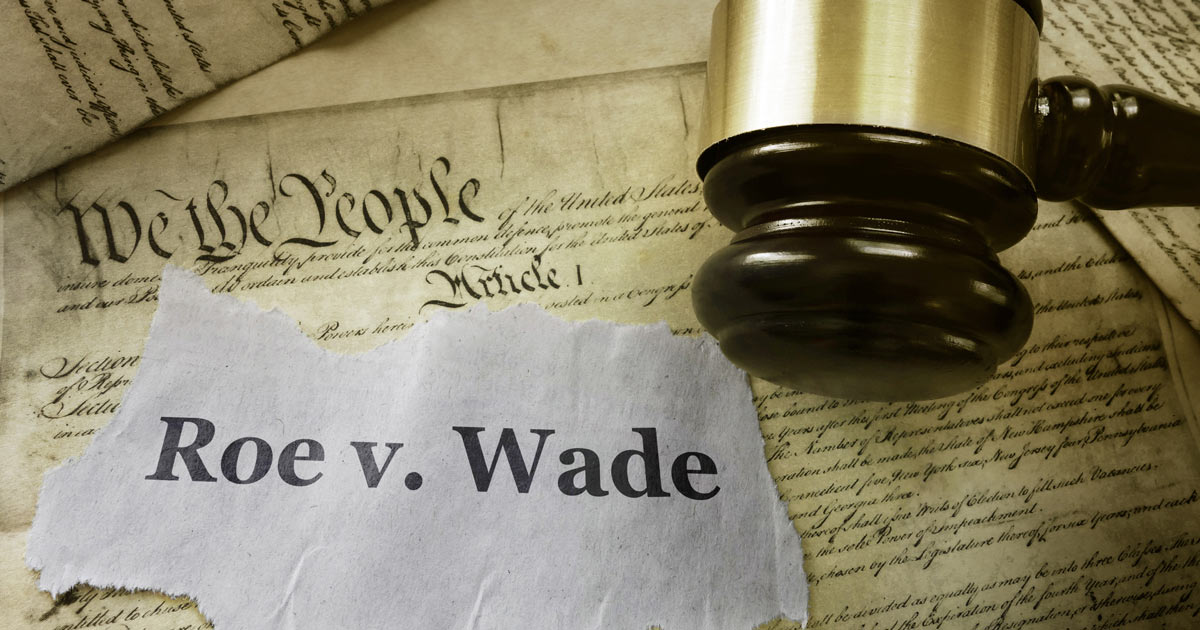Legal Considerations for Mixed-Use Commercial Real Estate
The Covid-19 pandemic resulted in seismic shifts in the way people work, live, shop and engage in recreational activities. While technological progress over the past several years started these trends, the pandemic accelerated the pace. The impact technological progress has had on commercial real estate use and development has been dramatic. It is unlikely that real estate developers will be building large regional shopping centers anchored by national department store tenants or building new downtown office buildings any time soon. These types of uses for commercial real estate are not what businesses and consumers demand. Instead, developers are focusing on mixed-use projects that combine complementary uses. While mixed-use developments are hardly a novel concept, developers are finding that multiple uses are desirable and are amenable to securing municipal approvals and assuring a greater likelihood of financial success.
Mixed-use developments can be challenging to structure from both an economic and legal perspective. A developer that has focused on apartment buildings or retail properties may not have the experience or personnel necessary to successfully design, build, or market distinctly different properties. As such, it is common to find commercial developers specializing in different sectors working together to develop or redevelop projects that serve distinctive markets. For example, it can be in the form of a single building which combines distinct residential, retail and hotel uses, or a residential building that is part of a retail development providing amenities such as grocery stores and entertainment venues.
From start to finish, a mixed-use development can require a long timeline, as developers will need to procure governmental approvals and zoning modifications as well as financial inducements such as tax increment financing. Creating an ownership and operational structure to govern multiple uses and multiple owners can be challenging from a legal perspective. There is no “standard,” one-size-fits-all ownership structure. Just as all property is unique, every mixed-use project has unique features, whether it be the result of design, use or location.
Dividing a project based on distinct uses and owners subjects a mixed-used project to a number of legal requirements. Aside from zoning, projects may need to sub-divided into separate properties, owner associations will need to be formed, and various legal documents such as condominium declarations and cross-easement/operating agreements will need to be recorded in order to govern future ownership and operation of the project.
To create the governing instruments and project structure, a developer must consider numerous factors relating to the physical layout and operational requirements of the project. Some of the major considerations are as follows:
- Structural Elements – If commercial and residential portions of the development are located in the same building and those portions of the development are separately owned, shared structural elements such as roof systems, foundations and exterior walls will be located on one ownership group’s portion of the building. This arrangement will require cross-easement agreements governing the rights and responsibilities of the different ownership groups in the building.
- Mechanical and Utility Facilities – As with structural elements, an integrated structure will often require different ownership groups to share common building systems such as HVAC, elevators or plumbing. In addition to cross-easements, defined operating standards may be desirable as different units will have distinct demands for these facilities.
- Building Services – Services such as security, trash removal, loading docks, common entrances, snow removal and landscaping may be shared among the owners. Responsibility for the operation of these facilities and services must be clearly defined.
- Use Restrictions and Alterations – Use restrictions may be necessary to insure harmonious ownership and operation of mixed-use developments. Although a given use may be permissible under applicable zoning laws, voluntary limits on certain commercial uses may be desirable for neighboring residential owners, e.g., uses such as prohibitions on night-clubs, theaters, liquor stores or cannabis dispensaries, and 24-hour convenience stores. Similarly, limitations on exterior alterations and signage required by one set of owners may be undesirable to neighboring owners, e.g., the proverbial flashing neon sign.
- Management and Control – It will be necessary to assign management responsibility for particular project elements and to define the scope of approval rights vested in the non-managing owners.
- Cost Sharing/Assessments – Careful consideration must be given to the method of allocating costs among different owners for building services and common expenses due to possible disproportionate usage. Allocating too much cost to one set of owners could lead to disproportionate assessments between groups.
Careful consideration of these factors and thoughtful legal documentation will help developers and future owners successfully create and operate a mixed-use development. Given the uniqueness of each project and the possible complexities that it may create, the only “standard” rule is to start planning early.
Should you require any additional information regarding commercial real estate development or the ownership and operation of commercial properties, please contact Jeffrey M. Galkin at 312-368-0100.



